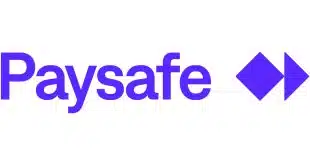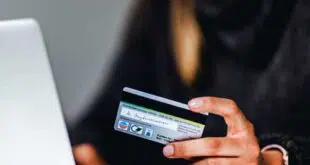With global economies expected to re-open as more consumers receive Covid-19 vaccinations, in-store retail spending will hit $22.8 trillion worldwide in 2022. That’s after in-store sales fell 7% in 2020 as many consumers shifted purchases online. The projection comes from London-based Kaleido Intelligence Ltd.
While the Covid-19 pandemic impacted in-store purchases to varying degrees, brick-and-mortar sales in the United States declined 6% overall last year, totaling $4.5 trillion. That’s after U.S. retailers enjoyed an 8% increase in in-store sales in 2019. But U.S. in-store spending is expected to climb steadily the next several years, totaling $4.7 trillion in 2022 and $4.9 trillion in 2025.
Still, higher online sales at the expense of U.S. in-store purchases highlights a pandemic-induced shift that is expected to continue, Nitin Bhas, chief of strategy and insights for Kaleido Intelligence, says by email.

“Even as shops begin to reopen, significant pressure remains for physical stores, as many consumers continue to stay away from the shops while health risks remain from Covid-19,” says Bhas. “This also takes into consideration a significant proportion of the population who have no intention of reverting to their pre-pandemic shopping habits, instead, continuing to buy retail goods online.”
The number of U.S. contactless transactions, which includes mobile transactions, totaled 15 billion in 2020. This number is climbing fast and is projected to reach 41 billion in 2022 and more than 90 billion in 2025. The projected growth will be driven by strong consumer and merchant adoption of the technology, as well as continuing issuance of contactless cards.
“Consumers previously hesitant and cautious about contactless payments are becoming more interested in adopting this mode of payment,” Bhas says. “Previously, there were several factors limiting growth in markets such as the U.S. Those factors included contactless fraud and security issues alongside cultural hindrance and lack of education [about contactless].”
By itself, mobile-wallet adoption in the U.S. is also projected to enjoy substantial growth over the next several years. The number of mobile-wallet users totaled 126 million in 2020 and is projected to reach 175 million in 2025. That trend will help fuel the growth in contactless transactions, Bhas adds
“The growing popularity of OEM Pay wallets, such as Apple Pay and others, is driving this increased adoption of mobile contactless payments in-store,” says Bhas. “The U.S. market has witnessed tremendous growth in mobile payments, especially OEM Pay adoption, over the last three to four years. The increase in digital natives and mobile payment and contactless merchant infrastructure means that consumers will begin to embrace this shift in in-store payment behavior.”
One contactless payment method that did not fare well in the United States in 2020 was Quick Response codes. QR-code transactions fell an estimated 15% in 2020 due to the fall-off of in-store transactions at merchants that accept QR codes for purchases, such as Starbucks. Nevertheless, the number of U.S. consumers using QR codes is expected to grow to 55 million in 2025, up from 35 million in 2020.
Transaction volume for queueless checkouts, cashierless shop-and-go merchants, and just-walk-out stores, such as Amazon Go, in North America is expected to hit $16 billion in 2025, up from $1.8 billion 2020. Kaleido refers to in-store transactions through queueless and cashierless checkouts and shop-and-go merchants as “invisible payments.”
“Invisible payments enable customers to have a seamless checkout experience via technology innovations, including artificial intelligence-driven automation and app-driven wallet payments,” says Bhas. “Much of the media attention surrounding invisible payments concepts has focused on efforts such as Amazon’s Go store concept, but major activity surrounding invisible payments is set to take place in the mobile-app arena, where scan-and-go concepts and checkout apps have already started to see major traction.”
“From a consumer perspective,” he continues, “all these have one thing in common, seamless checkout and [a] frictionless experience. Friction at checkout is the biggest pain point for any customer.”





